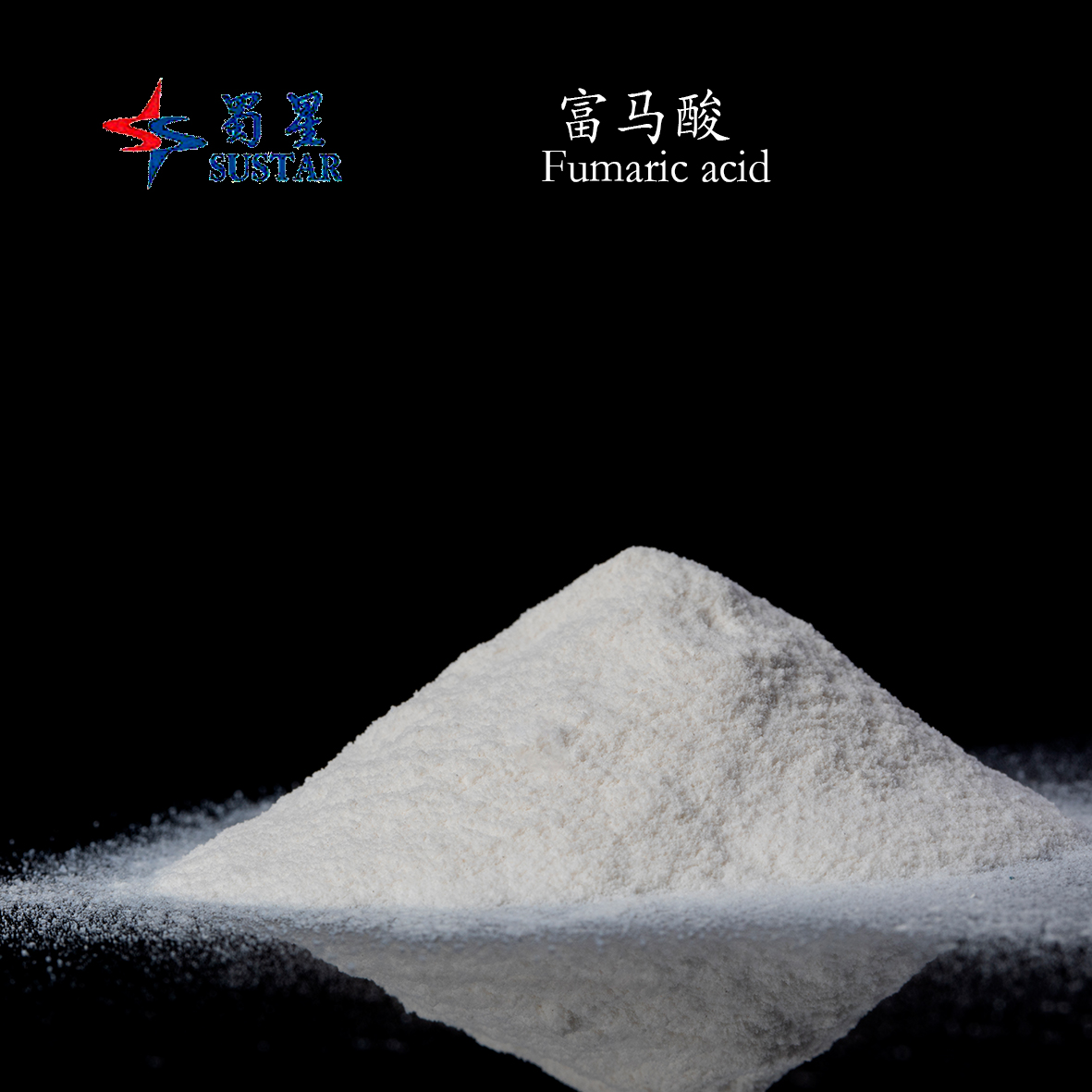1. This noninferiority trial found that at 12 weeks, hematologic responses to 200 mg ferrous fumarate thrice weekly (TIW) were not significantly different than the TID iron treatment group for iron deficiency anemia (IDA) by week 12 of treatment.
IDA is a relatively common condition affecting patients’ quality of life. If non-inferior, a TIW treatment regimen would be more cost-effective, reduce pill burdens, and could potentially lend to a lower incidence of adverse events associated with ferrous fumarate use (e.g., metallic taste, epigastric discomfort, constipation, nausea). Therefore, this noninferiority trial sought to evaluate the effectiveness of lower dose regimens on IDA. A total of 64 patients were randomized either to the TID ( n = 32) or TIW arms ( n = 32) at enrollment, and by week 12, there remained 27 and 26 participants in each arm, respectively. At week 4, the hemoglobin (Hb) level in the TID arm was significantly higher than the TIW arm (9.9 vs. 10.8 g/dL, respectively, p = 0.040), but by week 12, there was no longer a significant difference between either arm (11.9 vs. 12.4 g/dL, p = 0.188). While the TID group may have seen a faster result, the difference was short-lasting. The primary endpoint of an increase in Hb of ≥ 3 g/dL was achieved by both groups without a significant difference ( p > 0.05). In te Amino Acid Chelated Copper
